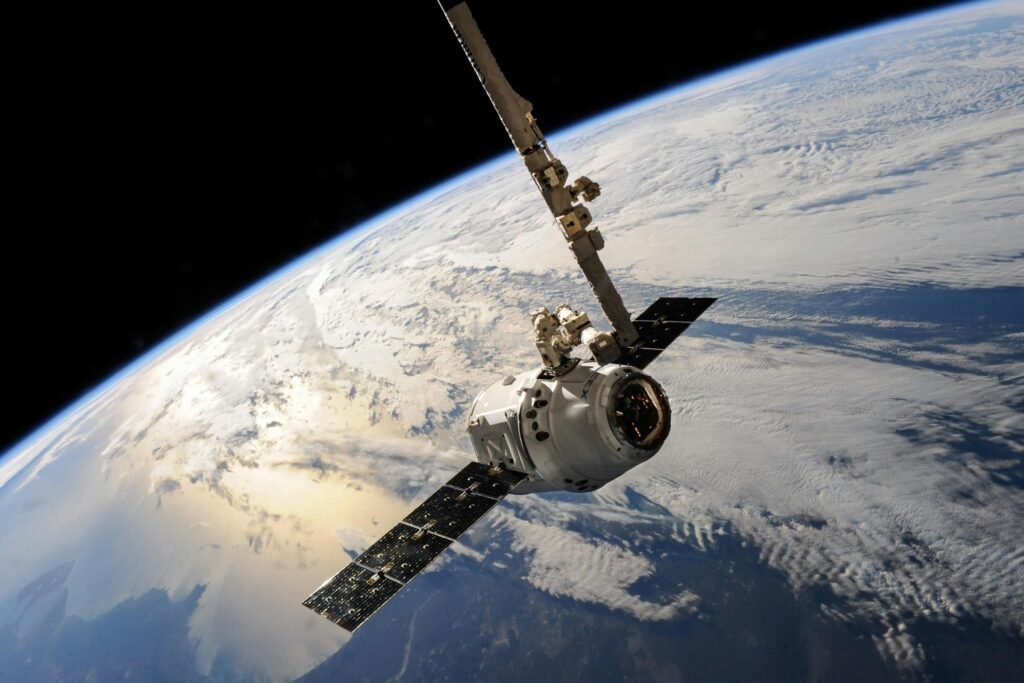
In today’s interconnected world, satellites play a crucial role in facilitating communication, monitoring weather patterns, and conducting scientific research. These remarkable technologies orbit our planet, providing essential services that enhance our daily lives. In this blog post, we will explore how satellites work, their types, and their significance in modern society.
What is a Satellite?
A satellite is an object that orbits a planet or moon. They can be classified into two main categories: natural satellites, such as moons, and artificial satellites, which are man-made. Artificial satellites serve various purposes, including communication, weather monitoring, navigation, and scientific research. As technology continues to evolve, satellites have become integral to global infrastructure, enabling advancements in numerous fields.
Understanding Orbits
Satellites travel in specific orbits around the Earth, and there are several common types:
Geostationary Orbit (GEO):
Satellites in geostationary orbit are positioned approximately 35,786 kilometers above the Earth. They move in sync with the planet’s rotation, allowing them to remain fixed over a specific point on the surface. This orbit is ideal for communication satellites, as it provides consistent coverage to a particular area.
Low Earth Orbit (LEO):
Low Earth orbit satellites operate at altitudes ranging from 160 kilometers to 2,000 kilometers. This proximity to the Earth allows for quick response times and is commonly used for Earth observation, including weather monitoring and reconnaissance.
Medium Earth Orbit (MEO):
Satellites in medium Earth orbit are situated between 2,000 kilometers and 35,786 kilometers. This orbit is often used for navigation systems, such as GPS, providing accurate positioning data to users on the ground.
Communication Through Satellites
One of the primary functions of satellites is to facilitate communication. They act as a link between devices on Earth by sending and receiving radio signals. When you make a phone call, access the internet, or watch satellite television, signals are transmitted from your device to the satellite, which then relays the information to a ground station. This process enables fast and efficient communication across vast distances, even in remote areas where traditional infrastructure may be lacking.
Data Collection and Monitoring
Satellites also play a vital role in data collection and monitoring. Equipped with advanced sensors and cameras, they can observe weather patterns, climate changes, and Earth’s surface conditions. The data collected is invaluable for predicting weather, monitoring environmental changes, and supporting scientific research. For instance, weather satellites provide critical information about storms, temperature, and humidity, which is essential for disaster preparedness and response.
Conclusion
Satellites are essential technologies that significantly impact our daily lives. They not only facilitate communication but also provide crucial information for understanding and protecting our planet. As advancements in satellite technology continue, their role will become increasingly important in addressing global challenges, from climate change to disaster management.
